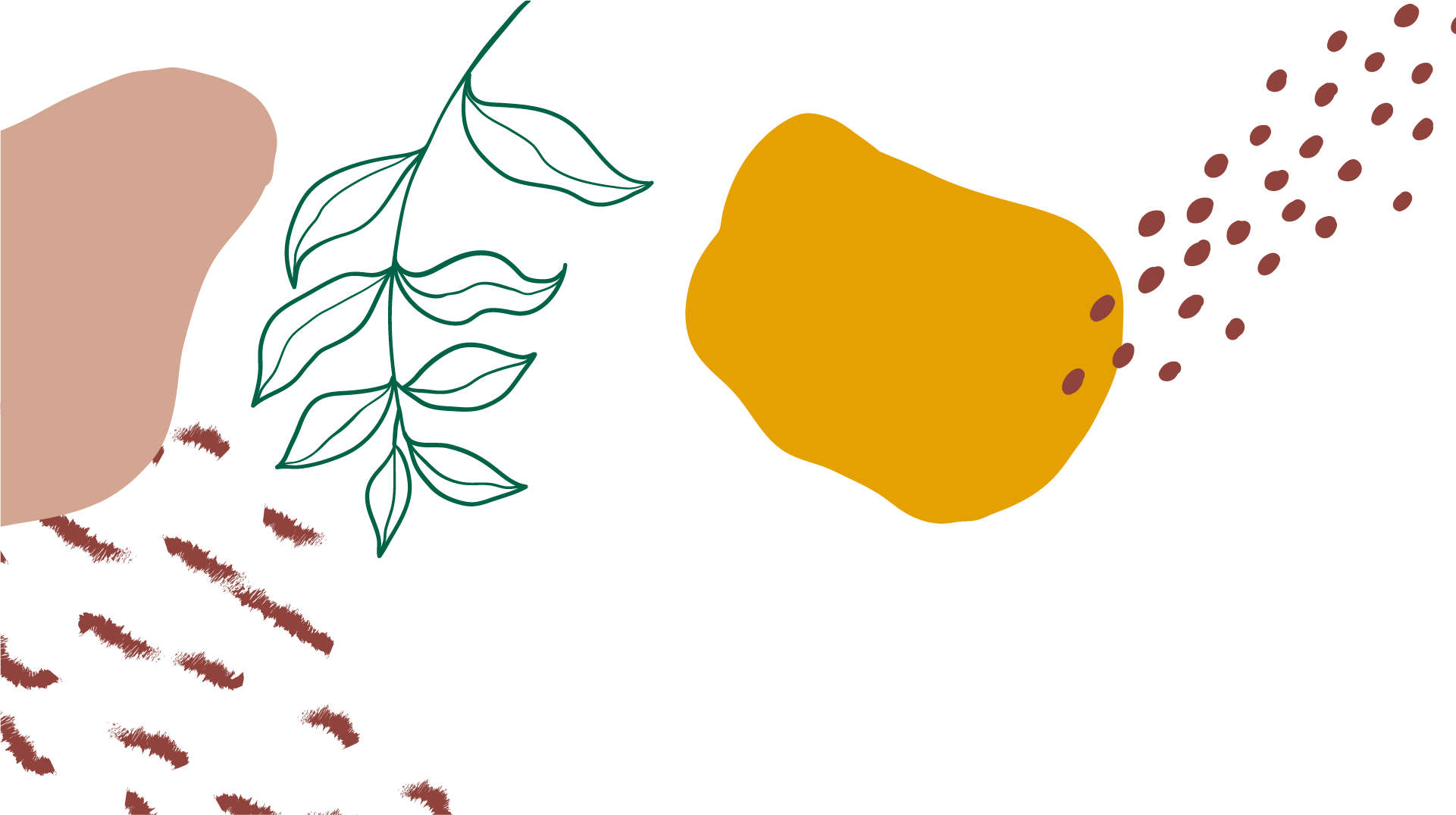
October 2020 Newsletter
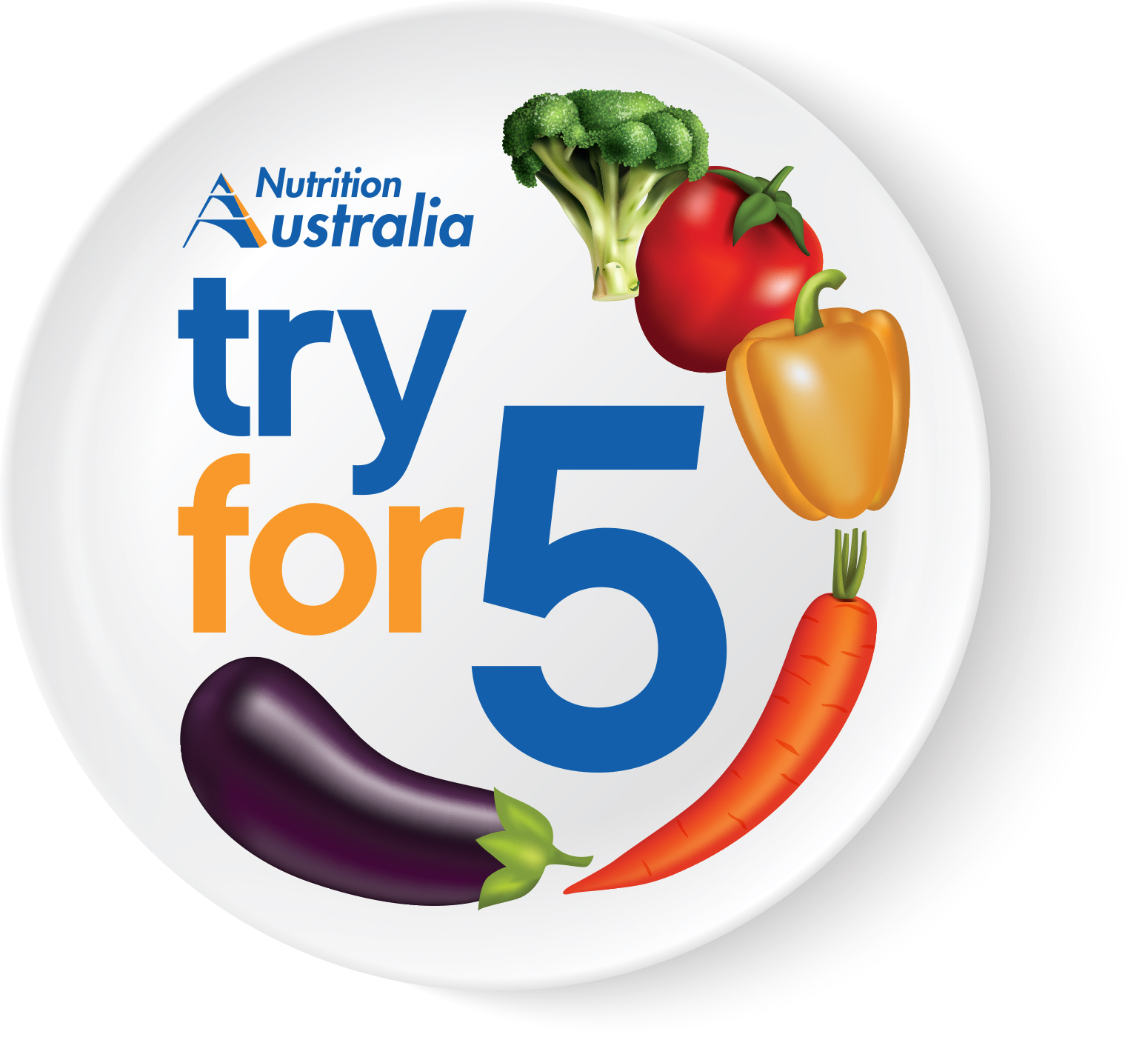
National Nutrition Week – Tryfor5
Tryfor5 is an annual campaign powered by Nutrition Australia encouraging Australians to increase their vegetable consumption to the recommended five serves per day. Despite the latest studies and recurring healthy eating messages only 4% of Australian’s are eating enough vegetables each day. The average person eats only half as much as they should, which is the inspiration behind Tryfor5.
Billy Lids Kindy will be participating in National Nutrition week with activities that are nutritionally focused throughout the centre. We will also be holding a centre-wide morning tea on Thursday 15th October where families are encouraged to bring along fruit and veggies for the children to share.
For more information visit: https://nutritionaustralia.org/uncategorized/national-nutrition-week-tryfor5/
On this month
AT BILLY LIDS KINDY
Nutrition Week Morning Tea ————————————— 15
AROUND THE COUNTRY
International Day of Older Persons ————————- 1
World Smile Day ———————————————— 2
World Animal Day ———————————————- 4
World Space Week —————————————– 4-10
World Teachers Day ——————————————- 5
National Nutrition Week ——————————– 11-18
World Food Day ———————————————– 16
Children’s Book Week ———————————– 17-23
Aussie Backyard Bird Count —————————- 19-25
Loud Shirt Day ————————————————- 23
Children’s Week ——————————————– 24-1
Grandparents Day ——————————————– 25
RSPCA Cupcake Day —————————————— 26
Day for Daniel ————————————————- 30

Community Events
LOUD SHIRT DAY – OCTOBER 23
LOUD Shirt Day is a national community initiative, which was developed as a fundraising campaign, so that children affected by hearing loss can live life loudly. Did you know that over 12,000 Australian kids face every day with a hearing loss?
Showing your support couldn’t be simpler! All you need is a wacky shirt and a commitment to get LOUD!
Find our more and register here.
GRANDPARENTS DAY – OCTOBER 25
Grandparents Day is a day to spend time with an older loved one and to celebrate the important role older people play in your local community. It’s a day to connect across the generations. This Grandparents Day connect with an older person via phone, video call or face to face if it is safe to do so. Check your local council websites for events happening in your community.
Kids in the kitchen
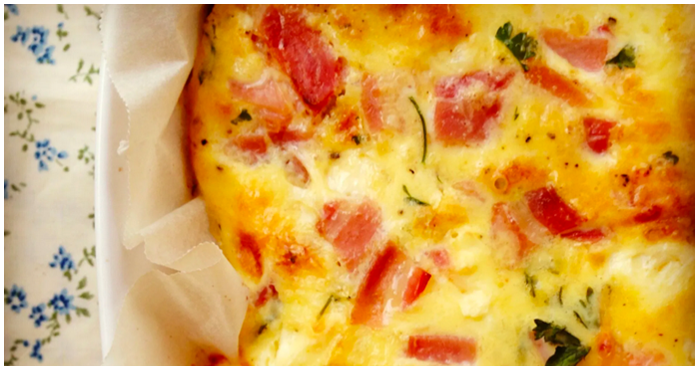
SWEET POTATO & FETA FRITTATA
PREP 35 min | COOK 20-25 min | SERVES 4-6
INGREDIENTS
1 large sweet potato, peeled and chopped
1 tablespoon olive oil
Sea salt and freshly ground pepper
8 eggs
1 cup milk
120 grams ham or pancetta, chopped
1 tablespoon fresh parsley, chopped
½ cup cheddar, grated
½ cup parmesan, grated
80 grams feta, crumbled
METHOD:
Preheat oven to 180°C (350°F). Place the sweet potato on a baking tray lined with baking paper, drizzle with olive oil and season with sea salt and pepper. Roast for 20 minutes or until golden and cooked.
Meanwhile, place eggs and milk in a large bowl and whisk to combine. Add ham/pancetta, parsley, cheddar, parmesan and feta and gently stir to combine.
Place the cooked sweet potato in the bottom of a lined 20cm x 30cm pie/baking dish. Pour the egg mixture over the top of the sweet potato and bake the frittata for 20-25 minutes or until puffed and golden. Allow to cool slightly before cutting into squares to serve.
Recipe and Image from ‘mylovelylittlelunchbox.com’
Book Reviews
The CBCA Children’s Book Week shortlisted books are a treasure trove of Australia’s best books from the last year.
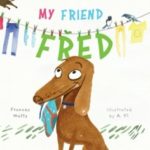
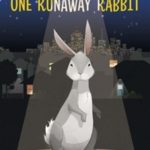
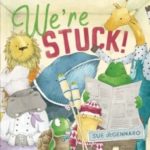
WE’RE STUCK
Sue DeGennaro | AGE 3 – 8
When Turtle races into the lift of Building 24, there is a nod and a blink and a step to the side. A grunt and a sigh and a lean to the right. But what happens when the lift stops moving? Crocodile has a meeting to get to. And Giraffe has a doctor’s appointment. And Turtle really, really needs to get to the shop. This uplifting, relatable story focuses on themes of friendship, community and belonging.
ONE RUNAWAY RABBIT
David Metzenthen, Mairead Murphy | AGE 2+
A stylish and satisfying picture book about a curious pet rabbit who accidentally escapes the safety of her backyard, and then must survive in the wilds of suburbia at night. One pet rabbit.
One dark night. One hungry fox. A wonderfully entertaining picture book about a clever pet rabbit on the run. The sparse text combines with the illustrations to weave a tale of curiosity and adventure with a dash of humour and suspense.
MY FRIEND FRED
Frances Watts, A. Yi | AGE 3+
This delightful picture book is about a friendship between an exuberant but loveable dachshund and his more retiring, tidy housemate. This book is full of energy and movement while exploring themes of friendship, tolerance, and difference. The strong message of positive reinforcement that we can be very different in how we act, what we eat, how we behave, how we look and yet still be best friends, provides a highly satisfying ending.
FOCUS: Keeping Kids Safe
Talking about personal safety is one of the most important things you can do as a parent or carer. Personal safety education provides children with the knowledge they need to recognise potentially unsafe situations or people and know how to respond. It is part of preventing abuse and keeping kids safe.
It’s not difficult to educate children about personal safety. All it takes is the willingness to start, some help with content, and time. Research shows that teaching children about personal safety:
 Reduces the likelihood of a child entering into an unsafe situation.
Reduces the likelihood of a child entering into an unsafe situation.- Clearly demonstrates how to respond to an unsafe situation.
- Increases a child’s sense of confidence and in doing so increases their resiliency.
- Increases a child’s knowledge of their personal rights i.e. “I have the right to feel safe with people”.
- Increases the likelihood that the child will speak out if they feel unsafe and tell someone they trust.
- Can interrupt or prevent grooming.
It’s never too early to teach personal safety
It’s never too early to sow the seeds of personal safety and children can begin learning about keeping safe as young as three. As parents, we need to teach our children these ‘five basic principles’:
- To trust their feelings and distinguish between ‘yes’ and ‘no’ feelings
- To say ‘no’ to adults if they feel unsafe and unsure
- That they own their own bodies
- That nothing is so yucky that they can’t tell someone about it
- That if they feel unsafe or unsure to run and tell someone they trust.
The 3 Rules of Personal Safety
The above personal safety principles can be distilled into three ‘rules’ that you can teach your children. Children should learn these rules through repetition and fun, engaging activities.
1. We all have the right to feel safe with people. This rule teaches children and young people that they have the right to feel safe and secure where they live, play, and learn, and that no one has the right to make them do something that makes them feel unsafe or unsure.
2. It’s OK to say ‘NO’ if you feel unsafe or unsure. This rule teaches children and young people that it is OK to stand up for themselves and to be assertive if something doesn’t feel right.
3. Nothing is so yucky that you can’t tell someone about it. One of the reasons that children and young people fail to disclose harm is because they are afraid of getting into trouble. This rule helps to encourage them to speak to a trusted adult, even if something seems scary or terrible.
This is just part of a wonderful article from bravehearts.org.au. Go to https://bravehearts.org.au/protecting-our-kids-teaching-children-about-personal-safety/ for all relevant links and downloadable resources.
October 30 is ‘Day for Daniel.’ It is Australia’s largest day of action to raise awareness for child safety, protection, and harm prevention. Held annually on the last Friday of October, Day for Daniel honours the memory of Daniel Morcombe.
danielmorcombe.com.au has a huge range of resources to support Personal Safety Education.
Go to danielmorcombe.com.au/keeping-kids-safe-resources/early-childhood/ for a selection of video lessons you and your family can partake in. Each lesson has supporting activities and documents. Additional parent resources can be found here danielmorcombe.com.au/keeping-kids-safe-resources/parents_carers/
Bravehearts. (2019). Protecting Our Kids: Teaching Children About Personal Safety. Retrieved from https://bravehearts.org.au/protecting-our-kids-teaching-children-about-personal-safety/
Fun with Numeracy
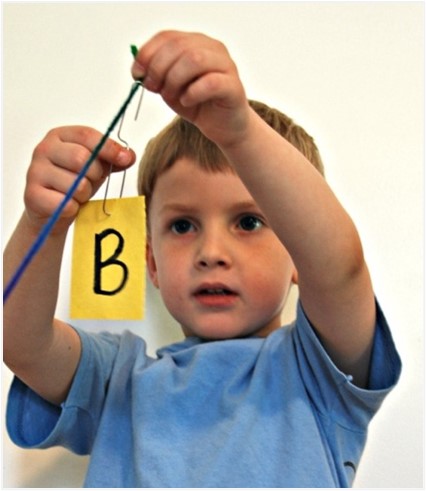
ZIP LINE LETTERS
You will need: 4cm cardboard squares, Black permanent marker, Paper clips, Tape, 40cm of string.
To Make: Write one uppercase letter on each tag board square until all the letters have been used. Bend the paper clip to create a hook. Tape the paper clip hook to the back of each letter square, making sure that one half is sticking out of the top of the square.
To Play: Tie one end of the string to a solid stationary object, such as the handle of a closed door. Hold the other end in your hand. Slide a letter card and hook onto the yarn near your hand. Pull the yarn tight. Raise your arm and watch the letter soar. As the letter zips across the room, make its sound. Example: MMMMM or ZZZZZZZZZZZZZZZZZZ! Change the game by: String the letters on in order or zoom your name. Put three or more letters together on the zip line to spell a word.
Add pictures with beginning word sounds can zip after the letters.
This activity is from Happy Brown House find this activity and more here
HEALTH & SAFETY: Kids can love veggies too!
Vegetables give your child energy, vitamins, anti-oxidants, fibre and water. They help protect your child against diseases later in life, including heart disease, stroke and some cancers. A healthy diet means eating lots of vegetables, plus a wide variety of foods from the other main food groups.
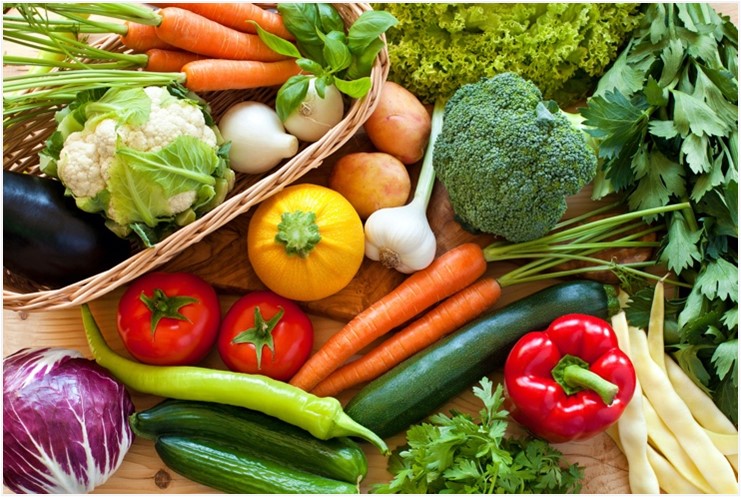
The Australian Dietary Guidelines say that children aged:
– 1-2 years should have 2-3 serves of vegetables each day
– 2-3 years should have 2½ serves of vegetables each day
– 4-8 years should have 4½ serves of vegetables each day.
If your child finds it hard to eat enough vegetables, it’s important to keep working on it. If you help your child develop healthy eating habits now, it sets up healthy habits for life. You can help your child enjoy veggies too.
Lead by example: Kids love to watch us and food choices are often learnt from parents and carers behaviours. Eating vegetables at family mealtimes is a great way to encourage your child to eat veggies too.
Keep trying with vegetables: Some kids may need to be exposed to a certain vegetable 10 times before they decide to try it, and another 10 times before they like it! If at first your child says no, keep offering that vegetable at different mealtimes – eventually your child may change their mind.
Use praise when your child tries vegetables: Praising your child when they try a vegetable is a great form of encouragement. Praise works best if you are specific with what they did well, such as “Peri, I love the way you tasted your pumpkin and broccoli.” Just be careful not to say things like “If you eat your broccoli, you can have dessert.” Praising and rewarding kids for eating can change the motivation to try veggies. Instead, try to praise them when they enjoy a certain new veggie.
Get your child involved in cooking vegetables: Kids who help prepare their veggies are more likely to eat them. Try to include your child in the cooking process. Perhaps let them choose the veggies for a stir fry, put chopped veggies in the steamer, or wash salad leaves.
Offer vegetables as snacks: Keep some veggie snacks on hand for when your kids are hungry. The more meals that include veggies, the more your child will try them. Try veggie sticks with dip or a bowl of cherry tomatoes on the bench.
Go for vegetable variety, taste and fun: Try to cover a range of veggies – the more variety the better than chances of your child finding veggies they like. Go for veggie-topped pizzas, stir fry or a platter of colourful veggies as a snack.
Get vegetables into meals in other ways: Making the veggie the hero is important for your child to become familiar with the shapes and textures of veggies. However, if your child is especially fussy, try incorporating vegetables into dishes they already like, such as grating carrot and zucchini into pasta sauce, or pureeing veg into soup.
Adding new veggie filled recipes to your weekly menu or even making some additions to tried and true favourites can be a great way to begin to increase your whole households veggie intake. Here are some links to delicious recipes chock full of vegetables:
● tryfor5 has a huge library of recipes divided into categories for the entire day www.tryfor5.org.au/kids
● Yummy Toddler Food has compiled a master list of vegetable recipes for kids www.yummytoddlerfood.com/advice/nutrition/vegetable-recipes-for-kids/
● Jo Kate Nutrition has created 3 different meal prep guides that feature delicious veggie heavy dishes. www.jokatenutrition.com/freedownloads
Nutrition Australia (2020). Encouraging kids to enjoy veg. Retrieved from https://www.tryfor5.org.au/encouraging-children-to-enjoy-veg
Sustainability corner
AUSSIE BACKYARD BIRDCOUNT
Most children have a fascination with the environment and the things they find living in it. Giving children opportunities to explore and interact with their local environment develops respect and appreciation for the natural spaces and animals.
This October take part in the Aussie Backyard Bird count, discover the huge range of birds living right above you.
To complete the Aussie Backyard Bird Count, spend 20 minutes standing or sitting in one spot and noting down the birds that you see. You will need to count the number of each

species you spot within the 20-minute period. For example, you might see 4 Australian Magpies, 2 Rainbow Lorikeets and a Sulphur-Crested Cockatoo. You can record your results online or simply download the app. The app can also be used as a field guide/ bird finder. aussiebirdcount.org.au

Good News Story
BLUE WHALE OFF SYDNEY
NSW National Parks and Wildlife says a recent sighting of a blue whale off the Sydney coastline could be only the third to be seen in the past 100 years.
The blue whale is the largest animal on the planet, but is very rarely spotted by even the most avid of whale watchers. This blue whale was spotted by @seansperception who posted his sighting via his Instagram account. This particular blue whale may have been more than 25m (82ft) in length and weighed more than 100 tonnes (100,000kg). Sadly, there is thought to be only 10,000-25,000 left in the wild, these magnificent marine mammals are today classified as an endangered species making this sighting incredibly important. Blue whales are more commonly seen in Western Australia when they feed on a krill buffet at Perth Canyon.
WHALE WATCHING
Australia is one of the best places in the world to see whales, often right from accessible beaches and cliff-faces of our vast coastline. More than 45 species of whales, dolphins and porpoises call Australia home; in fact, nearly 60 per cent of the world’s whales can be found in our waters. If you are lucky enough to live near the coast you can try your luck at whale watching.
Teach your kids what to look for:
Scan the horizon, back and forth. Look for the tell-tale ‘blow’. Look for the whale’s body as it surfaces. Humpbacks and southern right whales often put on spectacular displays as they arch, roll and crash around the water. This is called breaching and is your best chance to identify the species. Be patient and enjoy the fresh air.
Follow this link to find out when the best time to spot whales is near you aboutaustralia.com/blog/whale-watching-in-australia-season/
Source: wildaboutwhales.com.au

Crab walk soccer
Short simple activities to get some active minutes in the day
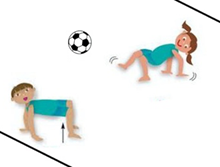 Mark two goals about 5 metres apart, you can increase the challenge by increasing the goal distance. Place a soccer ball in the centre (use a soft ball if you are playing inside).
Mark two goals about 5 metres apart, you can increase the challenge by increasing the goal distance. Place a soccer ball in the centre (use a soft ball if you are playing inside).
In crab walk position, you and your child stand on opposite goals. Call start, then each player crab walks to the centre and attempts to get the ball over the opponents’ goal line. When a point is scored, the ball is returned to the centre ready for you or additional family members or friends to try again.
Source: www.successiblelife.com/9-fun-workout-games-to-make-your-fitness-routine-more-enjoyable/

